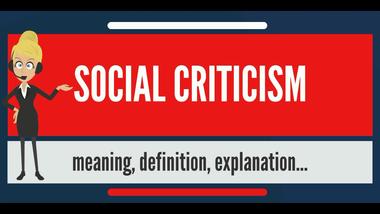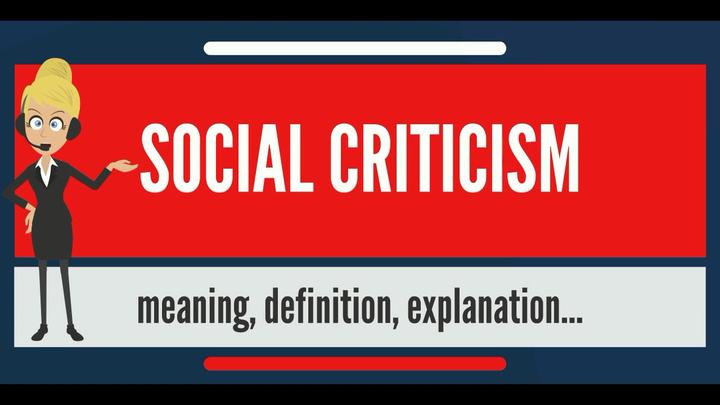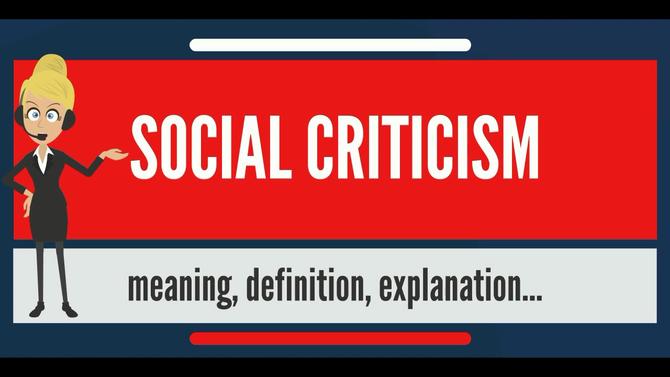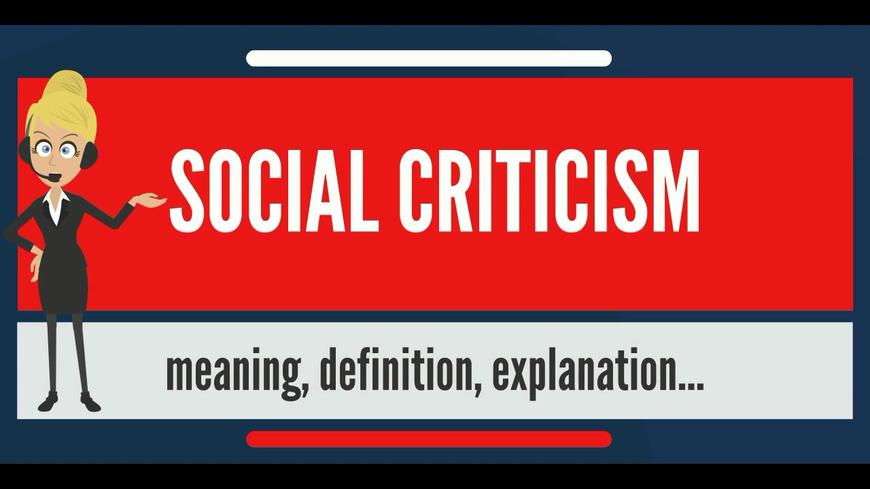



Social criticism as a method of analysis studies texts in order to reveal how literary texts relate to social phenomena, ways to inscribe history into literary space. I would like to compare two novels from the point of view of social criticism, namely “The Loons” by Margaret Lawrence and “Medicine River” by Thomas King which are mainly devoted to a rather essential issue of race and racial segregation.
Both novels focus on racial issues, obstacles that stem the tide of life for half-breeds and the difficulties of their self-fulfillment in society; both storylines take place in Canada. “The Loons” shows the life and relations of two girls, Vanessa and Piquette, in the 1930’s. Loons as a metaphor are used not without reason. Juvenile loons are left by parents, and then they join the flock. Here we see the parallel with the key character, who was also abandoned by her mother, but – unlike the birds – Piquette suffers difficulties in getting along with the surrounding people and society as a whole because of her Indian origin. The attitude of the society towards half-breed is stained by stereotypes and racism (we see the traces of prejudice even in the way Vanessa feels about Piquette). The story of this girl comes to a tragic end: her marriage turns out to be unhappy, the man leaves her and she burns with her children in a house fire has gone on the booze.
The second story describes the life journey of a half-breed, too. The main character is Will – a nearly successful photographer – who returns to his native town populated by the members of The Indian community for mother’s funeral. The circumstances and his old friend convince him to stay in the Medicine River – the reserve of the Native –and give a try to build his destiny there. What is peculiar for this story is the fact that Will already feels alien to his community and finds it difficult to adjust himself to that kind of life. Although he tries to lead his life in the Medicine River and even starts relations with Louise and becomes a sort of a parent to her daughter, he cannot form the image of what it means to be the native Indian. It seems that he has severed ties with his roots.
Having analyzed these two books, I came to the conclusion that “The Loons” are more effective with respect to social criticism than “The Medicine River”. It seems to me that the story of Piquette is more tragic and thorny; to my mind, it is more of a personal story although it is told by another girl. We see how society repudiates anyone whom they cannot understand or who do not conform, and in case of this story, it leads to tragic consequences. The story about the Medicine River seems to me less pinching as it is the story mirroring the life of the whole community which appears to be the generalized image of many Native communities. At the end of the story Vanessa writes: “It seemed to me now that in some unconscious and totally unrecognized way, Piquette might have been the only one, after all, who heard the crying of the loons” (Laurence). So, the birds play an essential part in the perception of the idea of the novel: it seems that they embody the destruction that lies in wait for everyone who does not fit in the common scope and those who are weirded to failure can sense each other.